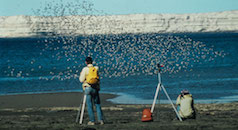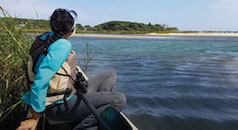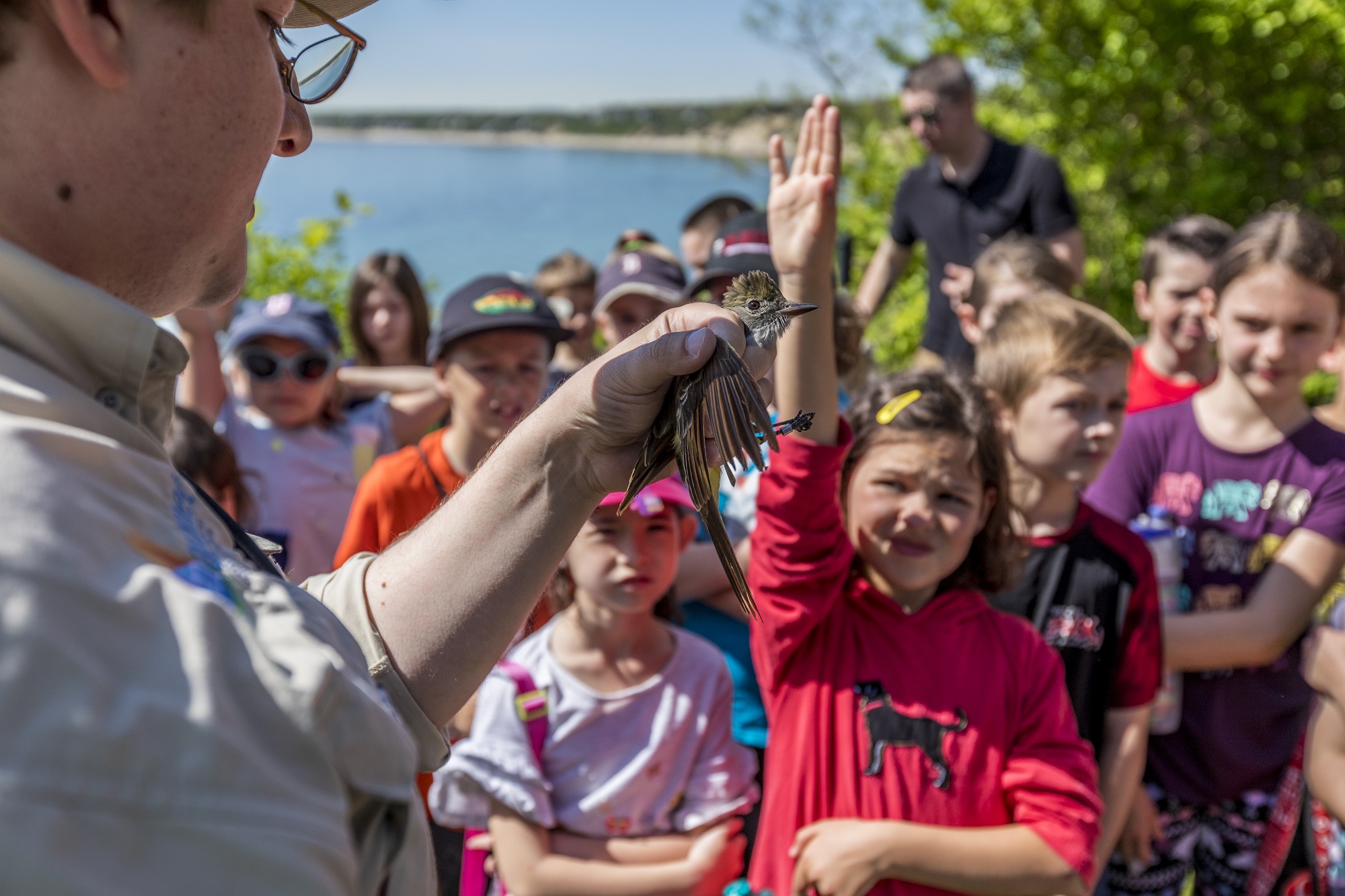Earlier this month, Congress allocated $68.2 million in emergency supplemental funding to the U.S. Fish and Wildlife Service (USFWS) to restore and repair 25 national wildlife refuges and three national fish hatcheries that were damaged during Hurricane Sandy.
Restoration projects at several of these refuges were identified in the December 2012 Hurricane Sandy Rapid Assessment Report that the Manomet Center released with the National Fish and Wildlife Foundation. The report recommended actions to mitigate negative impacts from the storm on coastal birds and their habitats and protocols to minimize effects of future storms.
Over 30 projects between Massachusetts and North Carolina were included in the report as priority-level restoration efforts, amounting to close to $50 million in repairs. The funding that the USFWS received this month from Congress will support restoration projects at refuges from Florida to Maine.
“Many of the east coast’s national wildlife refuges were badly damaged during the storm,” said Shorebird Recovery Project Conservation Specialist Brad Winn. “We need to restore important habitats for high priority shorebird species.”
According to the USFWS, projects will include debris field clean-up, rebuilding roads, trails, and other public access facilities, restoring important ecosystems and making refuges more resilient to future storms and rising sea levels.
“It is great that Congress, federal agencies and state agencies worked together so quickly to address these important restoration projects,” Winn said. “The spring migration of many shorebird species is fast approaching, and a lot of the projects included in the Hurricane Sandy Rapid Assessment Report are going to get attention.”
The largest project in the Manomet report, a $20 million initiative to repair damage to infrastructure and impoundments and stabilize habitats at Prime Hook National Wildlife Refuge in Delaware, is slated to receive funding.
Other projects included in the Manomet report that will receive funding are efforts to remove debris along several islands that make up Connecticut’s Stewart B. McKinney National Wildlife Refuge, remove debris and hazardous materials at New York’s Long Island National Wildlife Refuge and repair and restore water control structures and impoundments at North Carolina’s Pea Island National Wildlife Refuge. The USFWS is currently developing project implementation plans and timelines.
A full list of projects by state can be accessed at http://www.fws.gov/hurricane/sandy/projects.html.
– Haley Jordan





 Back to all
Back to all